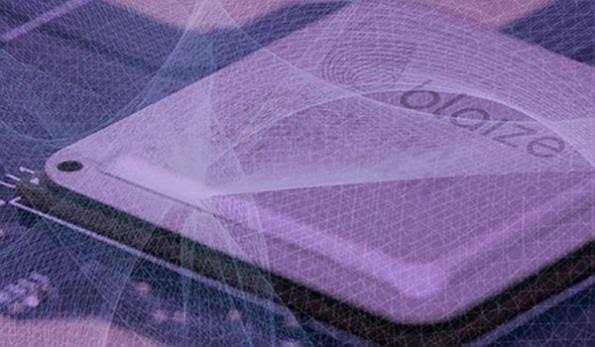Blaize and its ‘silicon and tech strategies’ are progressing from production to complete manufacturing and consumer delivery. Blaize says that its silicon is structured to be a “no-compromise” device that provides the value that consumers need considering the low-cost factor and low power consumption. The company is now highly empowered being back by efficient and large-scale tech companies like Daimler, Samsung and Denso.
Blaize showcased its Graph Streaming Processor (GSP) chip as well as Picasso software when the firm restructured itself. The recent updates also unveiled the affordability, performance, pricing, and the latest AI Studio platform that complements the previously released Picasso SDK.
Blaize has recently released an EDSFF device that can be used with or without a server. This ready-to-deploy strategy is designed to ease the implementation and development of Blaize’s Technology for its customers and is a production method that most AI chip vendors have started adapting now. Blaize also reported five simultaneous consumer experiments in commercial, smart cities, sensor fusion, last-mile distribution, and retail applications.
The GSP tends to be very powerful on the basis of recent reports, providing 16 Trillion Operations per second (8-bit integer TOPS) and consuming 7 watts of power (apparently at the chip level). The machine is a completely programmable graph processor which clarifies that it can do an entire job that might actually require any sort of host device.
In the meantime, power and expense are a constraint which needs to be minimized for projects such as smart cities. This processor seems like a smaller and simplified variant of the Graphcore processor. Both are native parallel-execution graph engines, with Graphcore targeting training at a very high level over its fabric, and Blaize focusing on low-power and low-cost edge processing.
Blaize has been able to show multiple usage cases where the chip is being tested, hopefully for mainstream consumer use before the end of this year. The most innovative example was a smart city installation where the Blaize Xplorer EDSFF card is combined with 5 video cameras to track traffic intersection safety and protection. Therefore, for example, if anyone is busy with his mobile and walks across the street toward traffic, the GSP will trigger an audible alarming sound and can turn all traffic signals to red. So, if the worse occurs when a pedestrian is seen sitting on the ground, the device will pause traffic and will send an alarm to the hospitals and emergency facility to direct them to the area.
Blaize has introduced the latest AI Studio, which allows “code-free” creation of cutting-edge technologies, complementing the revised Picasso tech set. The aim here is to reduce the role of a data scientist, who may not be an experienced coder. This advanced technology will help to bring the program up and running. Blaize says that AI Studio will reduce production time from months to days. The Picasso platform helps programmers to customize and execute complex models.
Blaize also boasts innovative AI technology, including its upgraded product platform, which may unlock fresh doors for smart edge applications. As a consequence, it has nurtured client relationships and expects to be well placed to launch volume implementations over the next six to nine months.

